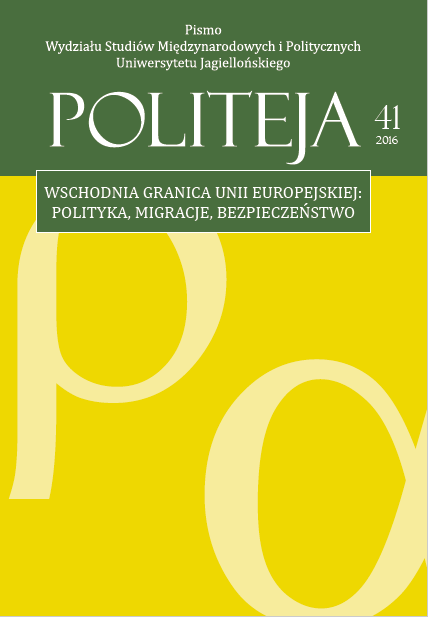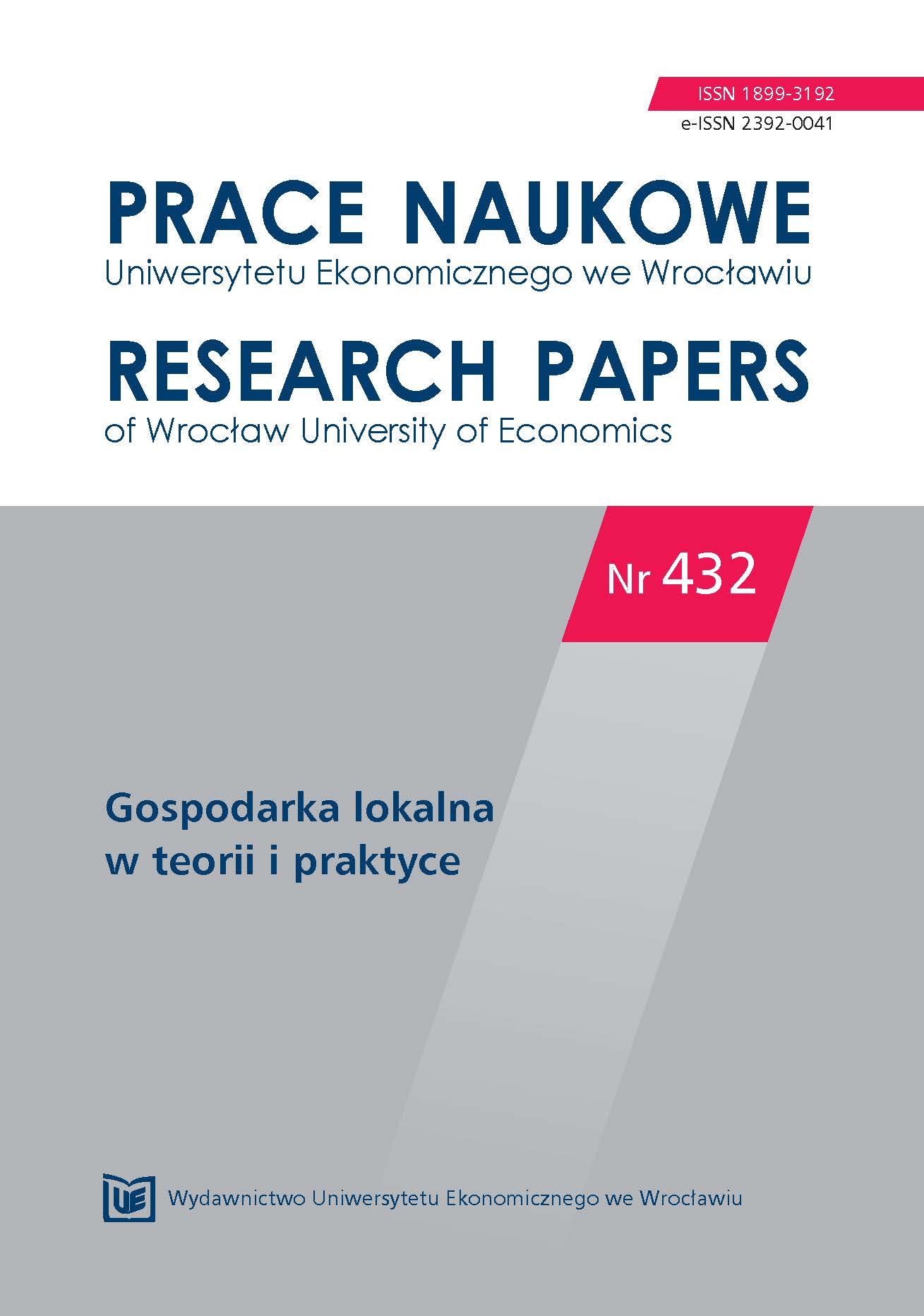
Specyfika wschodniej granicy Unii Europejskiej z perspektywy bezpieczeństwa i rozwoju
The shape of the EU’s external policy depends upon the state of the EU itself as well. The Union struggles with several overlapping crises of various nature: 1) financial, 2) Brexit, 3) immigration, 4) Russia-Ukraine hybrid war and challenges for European security, 5) crisis of European identity. Changes emerging in the immediate and more distant surroundings of the EU exert a direct impact upon the sense and perception of EU’s security. Therefore, the security cannot be simplified to that of the individual member states, but must be considered in broader terms i.e. related to the neighboring regions – the post-Soviet states in this particular case. In view of events and developments of 2016, it can be argued that both southern and eastern neighborhood of the EU are challenged with crises, instability and internal conflicts (political, social and military in nature).
More...
